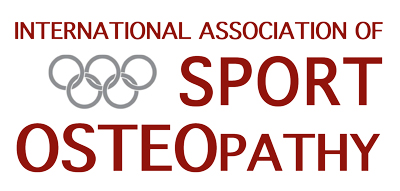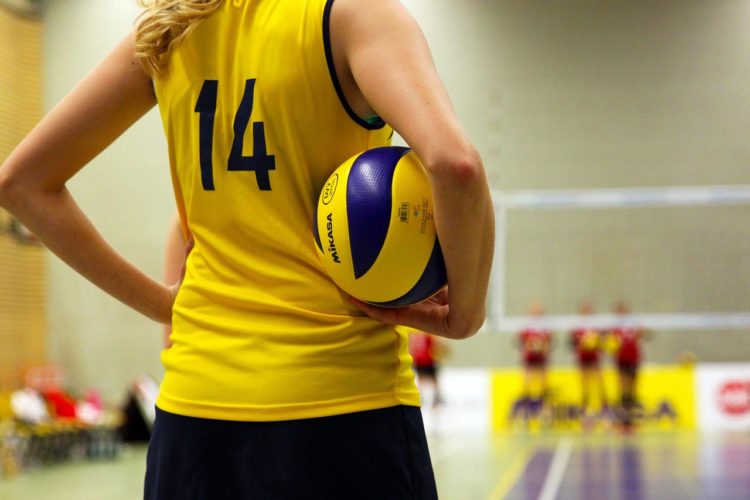Author
Fabio Perissinotti Bsc.
Osteopath, Sport Scientist, Masso-Physiotherapist, Track&Field Coach (L2), Director of Master in Sport Osteopathy by IOA.
Introduction
For several years now, the World Health Organisation has officially integrated osteopathy within the global health system, advocating the development of the osteopathic profession in many areas, including sports.
Osteopathy applied to sport in the last decade has undergone great development in both the professional and amateur spheres.
Osteopathy in sport is a rapidly developing reality, as witnessed by its official entry into the London Olympics in 2012 (25 osteopaths for a total of 900 sessions in 40 different sports) and continued in subsequent sporting events in a multidisciplinary clinical context.
The role of the sports osteopath fits into a team context, together with the sports doctor, physiotherapist, psychologist, nutritionist and mental coach. All these figures contribute to improving performance, preventing and treating injuries and managing recovery from training loads.
Osteopathic intervention differs according to the following variables:
- Type of sporting discipline
- Specific psycho-physical characteristics of the athlete
- Clinical problem being treated
- Available resources (environment, tools, organisation, etc.)
In principle, it is based on the founding principles of osteopathy: a global/systemic approach, structure/function relationship and the body’s ability to self-regulate. All this is summarised in the application of the Regional Interdependent Model. With this in mind, one of the main tasks of the sports osteopath is to maintain the ability of the “athletic system” to adapt and compensate for training loads, preventing the system from undergoing mechanical and tissue “saturation” and, as a consequence, metabolic saturation.
Areas of intervention of the sports osteopath
Osteopathy is a “functional” discipline and, ultimately, the osteopath does not repair anything but rather takes action so that the altered functions, primarily the musculoskeletal ones, are restored, and as a result, the athlete rebalances themselves.
Those who are involved in osteopathy are well aware that the concept just outlined contains all the principles set out by A.T. Still, the founder of osteopathy, and which today form the basis of it as a profession in its own right.
What we can therefore call the “Functional Principle” of osteopathic intervention can be expressed in at least three areas of intervention:
- Restoration of psychomotor load capacity (sports training and competition)
- Injury prevention
- Injury treatment
In reality, these are three areas that are closely integrated with each other and that influence each other.
Restoration of physical load capacity
This is, in our opinion, the pre-eminent field of osteopathic intervention. The athlete subjects their body to loads that disrupt homeostasis and provoke adaptive responses that elevate homeostatic parameters and consequently improve performance. Often the line between a training load, i.e. one that enhances performance, and a load that overtaxes the athlete, is very thin indeed. The reasons for this may be different and are to be found in the relationships between parameters such as training intensity and volume, internal and external load, recovery, psychological conditions, previous injuries, etc.
In this context, the athlete’s ability to undergo successive loads after the recovery phase (remember that training is characterised by the cyclic alternation of load and recovery for the adaptation/supercompensation processes to take place) can be strongly influenced by local and regional musculoskeletal functionality.
Let’s take an example: an athlete performs a cycle of high-intensity plyometric jumping sessions. The impact on musculoskeletal structures is significant and causes adaptations in muscles, fascia and tendon stiffness and neuromuscular recruitment. Performance is enhanced, but at the same time, the lower limbs put in place functional compensation strategies at the level of the foot, ankle and knee to support performance adaptations. If these compensations are not promptly identified and rebalanced, three possible scenarios will occur:
- The athlete fails to perform in subsequent training sessions
- The athlete continues to perform, however, generating further compensations until “functional saturation” of the musculoskeletal system and consequently the circulatory and bioenergetic systems occurs
- “Functional saturation” will result in a decline in performance, and over time, the athlete will suffer injury in situ or remotely
The “hidden” work of the sports osteopath is evident, who searches the body for “functional signals” that are not obvious to an outside observer but are instead fundamental to the management of the athlete in terms of performance and prevention.
Conclusions
We can therefore understand the primary importance of the intervention of the sports osteopath for the maintenance of performance and secondarily for the prevention of certain types of injuries. With this in mind, we believe that sports osteopathy requires specific and up-to-date professional training, as it is a separate discipline from clinical osteopathy practised with patients.
We hope that in the future, scientific research will increasingly support the sports osteopath in a more vigorous manner, allowing specialists to increase the objectivity of their work with athletes.

